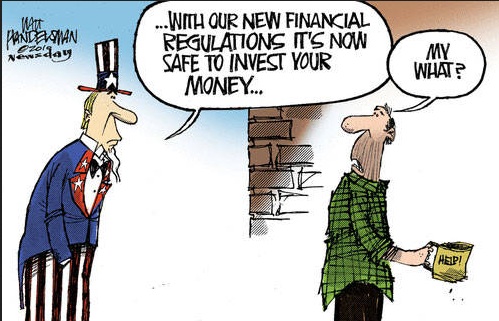Peter Spence writes: Russia is facing a “full-blown economic crisis”, a former finance minister has warned, as the country is forced to take emergency financial measures.
The economy has been battered by a wave of sanctions as a result of tensions over Ukraine, geopolitical uncertainty, and falling oil prices.
Analysts have warned that the Russian economy will not improve in the long-term unless either the oil price or relations over Ukraine improve.
The Central Bank of Russia (CBR) said that a plan to loan Trust bank an amount of up to 30bn roubles (£343m) had been approved, while analysts warned that Russia’s banking sector had become particularly vulnerable. Anna Stupnytska, an economist at Fidelity Solutions, said that “the risk of a sovereign default is low, it’s the corporate sector where the main vulnerabilities lie, and banking in particular. Due to sanctions, companies cannot refinance their debt as access to international markets has been essentially cut off.”
A government agency which provides deposit insurance will hold a complex assessment of the bank’s financial standing in order to determine further financial resolution measures.
Russian authorities also moved to reintroduce grain industry protections, stating that the government would develop proposals to control exports within 24 hours.
As the rouble has crumbled over the year, the price of imported goods has risen, putting pressure on Russian budgets. The CBR now expects that the resultant inflation will reach double digits by the end of the year. Controls on grain may in turn help to keep a lid on increases in bread prices, although economists warned that shortages may follow.
Meanwhile, US regulators denied clearance to an acquisition by Rosneft, a majority state-owned oil company, putting brakes on its hopes for global expansion. The decision prevented the purchase of a Morgan Stanley owned oil trading business by the Russian corporation.

 WHEN I NEED MONEY I TAKE IT!
WHEN I NEED MONEY I TAKE IT!









